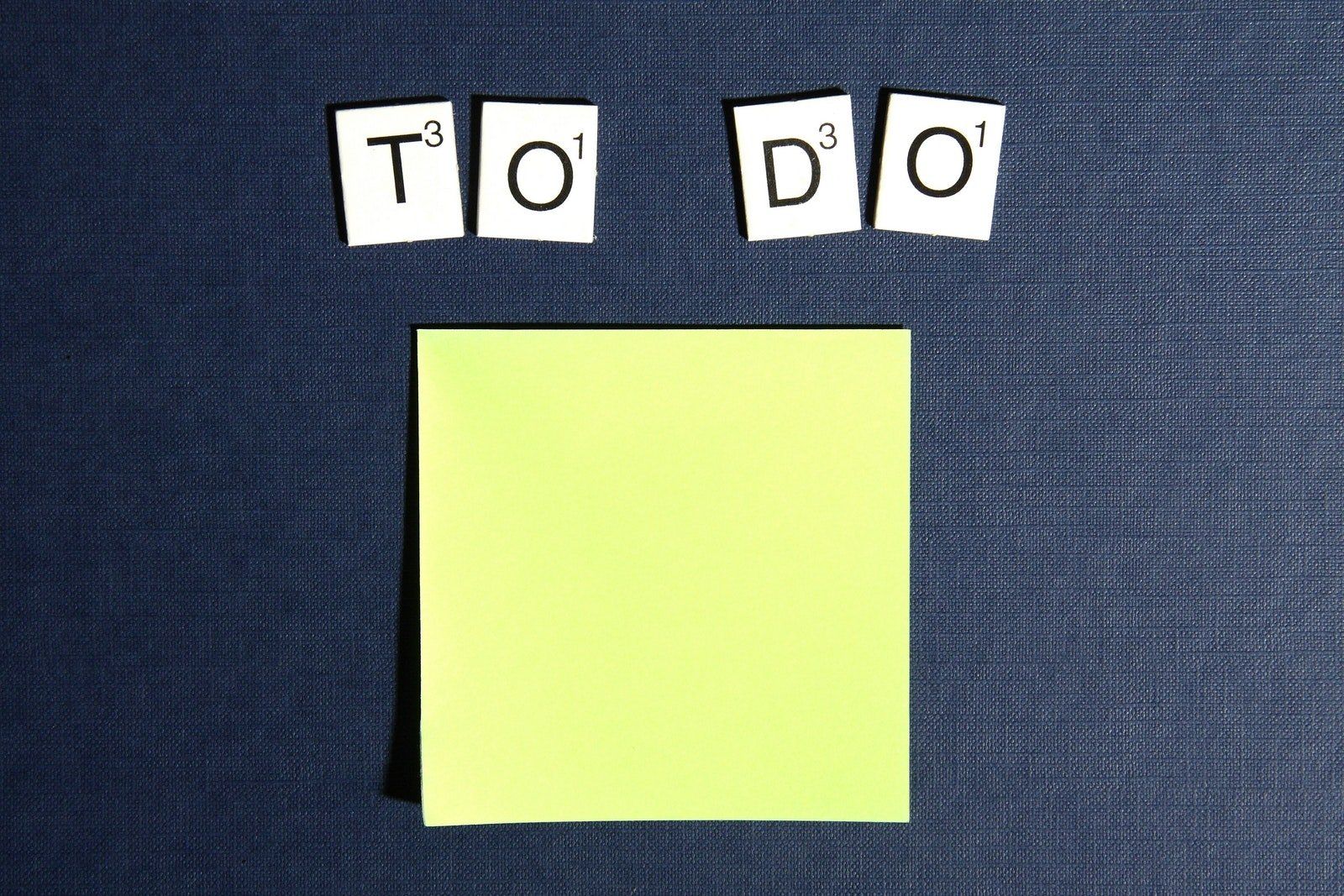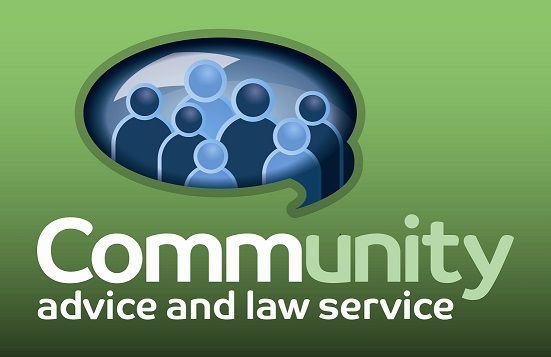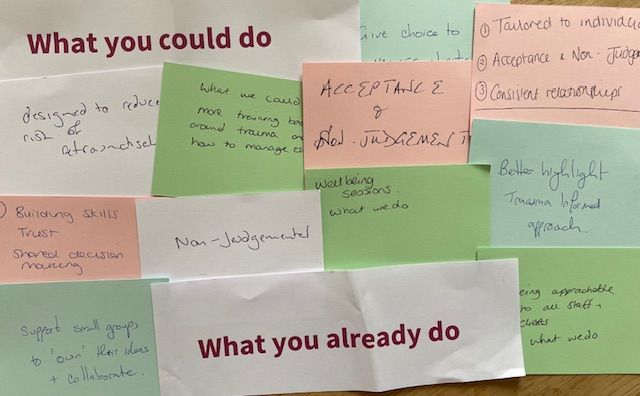Why social isolation has an impact on health even if you don't feel lonely
“Yes, but some people are quite happy living alone, we shouldn’t force them into contact”. I hear this fairly frequently, but is it true?
Being in the midst of Covid-19 isolation seems like a good time to finish a blog post I started some months ago about the difference between subjective loneliness (a feeling) and objective social isolation (actually having little or no contact). This is a follow up to a previous blog on the different types of loneliness.
The difference between loneliness and isolation
Loneliness is a subjective feeling,
sometimes described as perceived isolation. This can be measured by a number of
different scales, for example as described by the Campaign to End Loneliness
or the Government's work on a national measure of loneliness
linked to the Loneliness Strategy.
Isolation is an objective measure of the contact that people have with each other, both meaningful relationships and day-to-day social contact. It is common to hear people say that you can be lonely even in a crowd, or you can be physically alone but not feel lonely. However, even if people don’t feel lonely, being alone has an impact on health and wellbeing.
Some research, for example this meta-review
, demonstrates a lack of correlation between feeling lonely and being socially
isolated, yet both have an impact on health and wellbeing and mortality, as
does living alone. This indicates that
both social isolation and loneliness need to be addressed if we are concerned
about people’s overall wellbeing, not purely the feeling of loneliness.
What are the mechanisms by which isolation impacts on health and wellbeing?
A. Encouragement to lead a healthy lifestyle , including:
- Explicit encouragement, e.g. "You could go for a walk, you often say it cheers you up".
- Through belonging to a group, e.g. walking or other exercise.
- Mattering to other people and the roles that we play in relation to them or our own self-image, for example being a good role model for younger family members or friends.
- Influenced through social norms and common behaviour, for example in relation to obesity, people with friends with higher weights were more likely to weigh more themselves, with a study identifying that this was partly explained by people taking on different habits, e.g. eating second helpings or dessert being a norm, for example in this research and blog about the findings.
Motivational speaker Jim Rohn said that we are the average of the five people we spend most time with, meaning that we should choose wisely when we can (there is also research that suggests that it’s much more than five, and that it's not direct connections, those that are only online can also affect people).
B. Stress
buffering
This may be emotional support from partners, family or close friends when recounting stories from our day, informal discussions with neighbours or others in the community about things going on in our neighbourhood, or those that we purposefully connect with because they have the same experience as us – death of a spouse, an illness, being a carer. It might be a mix of practical tips and emotional support and may differ from the support our friends and family give us because they are not in the same situation. Relationships are crucial to regulate our emotions, which are key to our wellbeing.
This stress buffering is not necessarily a conscious process, it's someone "being there" and "having our backs". Its lack may become more apparent if we face a bereavement or illness. As children, hopefully we learn emotional
regulation from someone who is already good at it. This is also the basis of a
therapeutic relationship, research shows that the “technique” does not matter,
it’s the relationship with the therapist that’s crucial. Much of this is an unconscious process as highlighted in the book A General Theory of Love
, “People do not learn emotional modulation as they do geometry or the names of
state capitals. They absorb the skill from
living in the presence of an adept external modulator, and they learn it
implicitly. Knowledge leaps the gap from
one mind to the other, but the learner does not experience the transferred
information as an explicit strategy”.
What can we do to support people who are isolated?
These may be useful for isolated clients or family, but also equally apply to ourselves.
1. Encourage people to stay connected how they can : research indicates that face-to-face contact has a positive impact on someone’s chances of developing depression whereas the telephone doesn’t, although this is not a reason not to stay connected, particularly now there are increased online opportunities. Personally, the experience being able to see my mum through FaceTime is much superior to telephone contact, we can communicate through body language and not just talking, and it provides the opportunity for us to just be together whilst we’re cooking or pottering, meaning there is a greater sense of ongoing connection rather than having to fill the space with "conversation".
2. Specifically prompt people to open up about their worries and give them time to talk (without providing unsolicited advice or trying to solve their problem for them!) In my research with isolated older people I often hear people say that they value conversations with volunteers because, “I don’t want to worry my family,” or for family carers, “My family only want to talk about [my cared for] they’re not interested in me”. Ask questions, open potential worries up as a topic of conversation and indicate you’re there for them.
3. See how they can connect with others in similar situations , and encourage them to make the contact for peer support. Your local Voluntary Action or council may have a list of support groups.
4. Talk to people about how they can maintain healthy behaviours when no one’s watching or there to encourage them. Being on your own can be a reason not to bother cooking, but it can also be an opportunity to be able to eat what you want – this may be particularly the case for older people like my mother who spent many years caring and cooking mainly for other people and now she is alone is enjoying what she wants to eat. Particularly coming into spring and summer, once you’ve overcome the challenge of actually shopping, it can be really quick to put together healthy salad-based meals. Similarly around exercise – in fact the options for people who are at home a lot whether that’s through health, caring responsibilities, transport, or a low income have increased if people have access through the internet, and many are free. Help people identify what's possible for them, and check in on how they are doing. Some people need more external accountability than others, or need more information about why something is beneficial to be motivated (see Gretchen Rubin’s Four Tendencies quiz for more information).
One of the outcomes of Covid-19 may be a greater appreciation of what it's like to be housebound and to do things alone, and this may have a positive impact in the future for people who are isolated for whatever reason though greater understanding and a wider range of ways to connect and participate in activities that doesn't involve going out.











